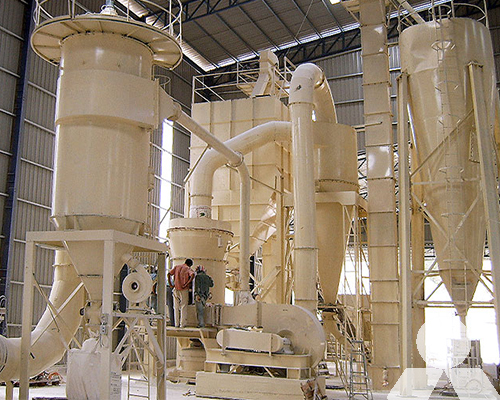Putty powder production project micro powder mill
Putty powder is a powdery material that is used to make putty, a type of construction material that is used to fill gaps and cracks in walls and ceilings. Putty powder is typically made from gypsum, which is a soft, white mineral that is mined from the ground.
The production of putty powder can be divided into two main steps: grinding and classification.
Grinding
The first step in the production of putty powder is grinding. The gypsum is crushed into small pieces, typically between 0.1 and 1.0 mm in size. The grinding process can be carried out using a variety of equipment, including ball mill, micro powder mill, and roller mill.

Classification
The second step in the production of putty powder is classification. The ground gypsum is separated into different size fractions using a screen or classifier. The desired size fraction is then collected and dried.
Micro powder mills are a type of grinding equipment that is commonly used in the production of putty powder. Micro powder mills use high-speed rotation to grind materials into very fine particles. This makes them ideal for producing putty powder, which requires a very fine particle size.
Micro powder mills are available in a variety of sizes and capacities. The size of the mill that is required will depend on the desired production capacity.
The following are some of the advantages of using micro powder mills in the production of putty powder:
- High production capacity: Micro powder mills can produce large quantities of putty powder in a short period of time.
- Fine particle size: Micro powder mills can grind materials into very fine particles, which is required for putty powder.
- Energy efficiency: Micro powder mills are relatively energy-efficient, which can help to reduce operating costs.
Micro powder mills are a versatile and efficient piece of equipment that can be used to produce putty powder. They offer a number of advantages over other types of grinding equipment, including high production capacity, fine particle size, and energy efficiency.








